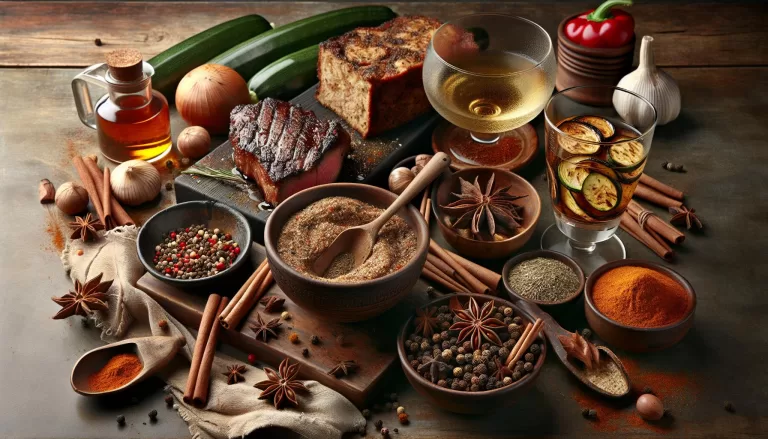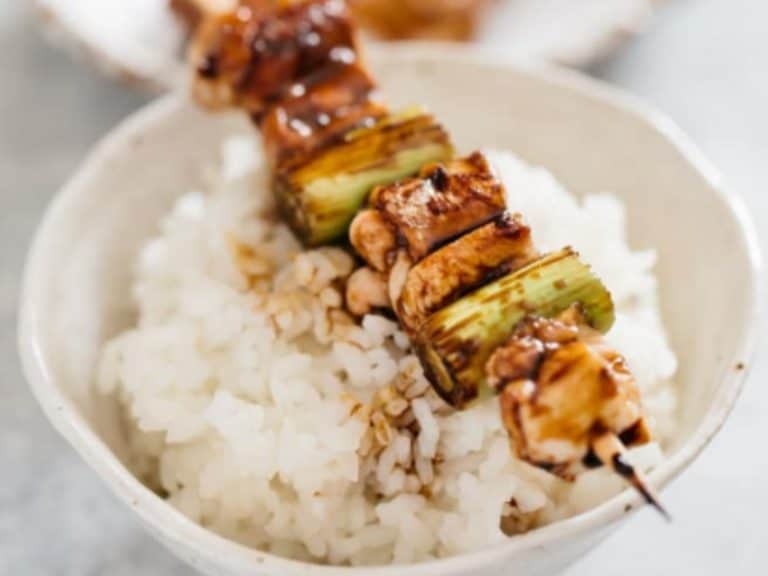Traditional Japanese Food: A Deep Dive into the Cuisine of Ancient Japan
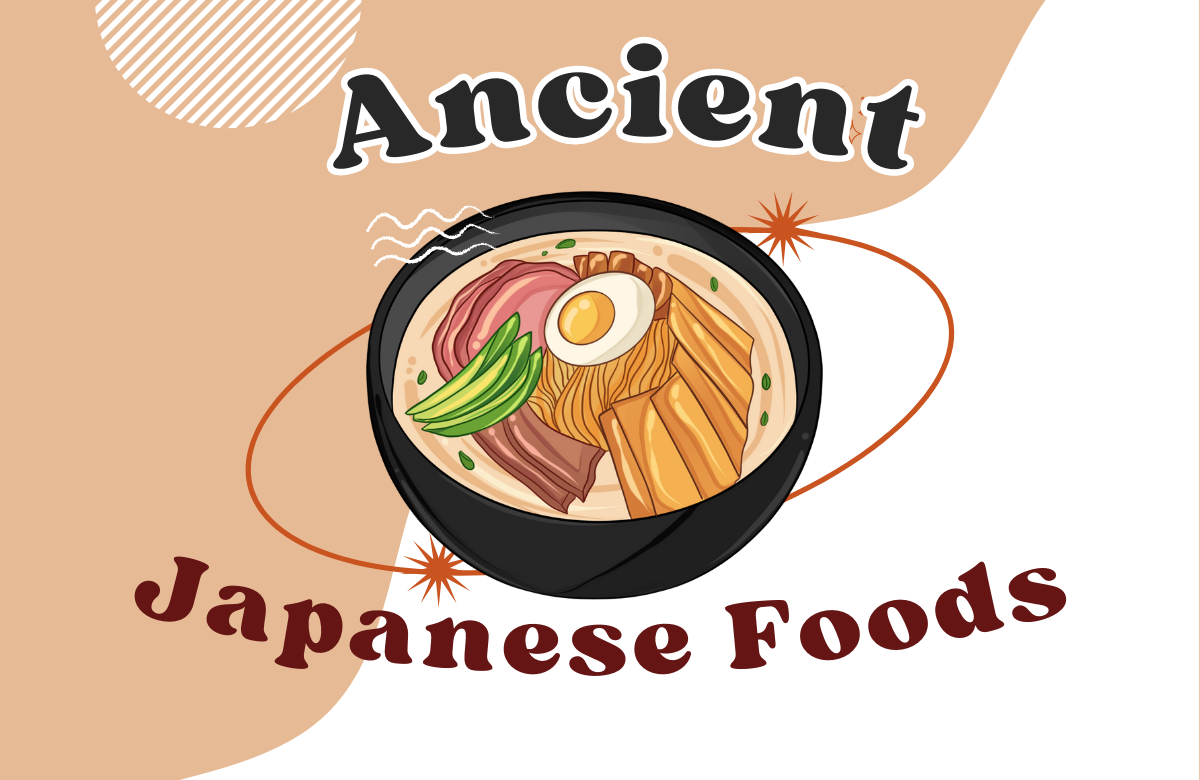
The long-standing history of Japan is mirrored in its food culture, where time-honoured cooking traditions have been passed down generations. The Japanese cuisine, locally known as “washoku,” has strong historical underpinnings stretching back to ancient times. Its richness and diversity elevate it beyond a simple culinary art, ranking it as an element of the country’s intangible cultural heritage.
The Origins of Traditional Japanese Food: From Ancient Times to the Kofun Period
Traditional foods that culminated in contemporary Japanese cuisine took root during ancient times. Studying world history illustrates how these traditional meals were influenced by China and later evolved through different periods in Japan’s own history, like the Kamakura period.
Before Buddhism was introduced into Japan via ancient China around the 6th century, meat-based dishes including wild boar and fish were prominent in the Japanese diet. However, Buddhist monks followed a strictly vegetarian diet referred to as “shojin ryori,” eventually affecting food culture across Japan, especially during the Kamakura Period.
Soybean products such as tofu and miso, as well as wheat and rice, formed staples of the Buddhist vegetarian cuisine. Henceforth, miso and tofu became key elements in creating variations of traditional Japanese food even beyond the realm of typecast Buddhist meals.

Influences from the Imperial Court: Court Cuisine
During the 9th Century, alongside Buddhism, court cuisine from ancient China also arrived in Imperial Japan. This influenced a new form: “kaiseki”, which is a traditional multi-course meal initially for tea ceremonies but has now become a fine dining experience on its own.
Interestingly, early imperial court meals adhered to a “one soup and three side dishes” system beside rice and pickles. Five Japanese staples classified as “gokan-no-goho” (rice, soup, pickles, boiled dish, grilled dish) were started from this period.
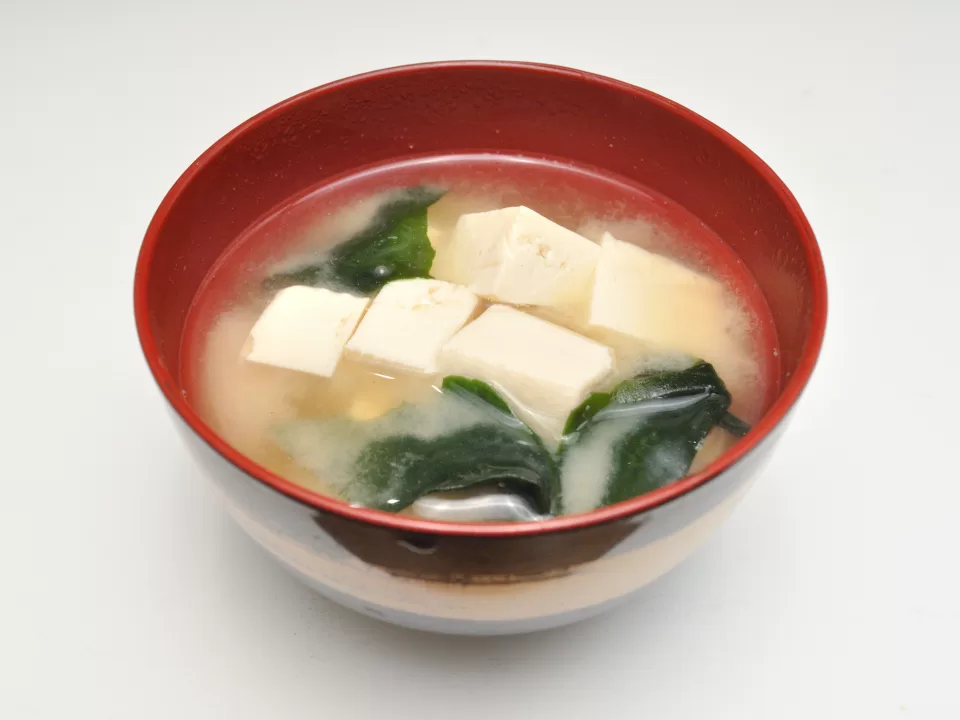
Miso Soup and Sushi: Staple Foods in Ancient Japan
Miso soup is a quintessential element of traditional Japanese food. The miso paste used in this soup is made from fermented soybeans mixed with either barley or rice. Traditionally served with every meal – breakfast included – in ancient times and even today’s Japanese diet today; it forms a comforting cornerstone not just nutritionally but culturally too.
Another iconic facet of traditional Japanese food is sushi – bite-sized pieces of vinegared rice typically topped with raw fish or rolled with seaweed (nori). However contrary to popular belief, sushi did not originate in Japan but was introduced from Southeast Asian regions around the 8th Century into Japan due to its fermentation properties that helped preserve fish for longer durations.

Soba: Buckwheat Noodles Introduced to Japan
Soba noodles made from buckwheat flour were another key aspect introduced into Japan in the past eras. Steamed buckwheat noodles are typically dipped into soy sauce-based broth. Consumed since Edo Period (17th Century), soba noodles stood out as popular street food amongst commoners at food stalls scattered around cities.
These noodles showcased versatility – eaten chilled during summer or hot within a warming broth during winter – making them an inseparable part of everyday Japanese cuisine.

Tempura and Udon Noodles: Variations Introduced During Edo Period
The Edo Period saw rapid urbanisation that unfolded numerous food innovations across Japan. Tempura – vegetables or seafood encased within a light batter then deep-fried – entered the culinary scene during this era.
Simultaneously, udon noodles made from wheat flour gained popularity. Thicker than soba noodles yet equally versatile they can be served cold with dipping sauce or within hot pot soups known as “nabemono.”
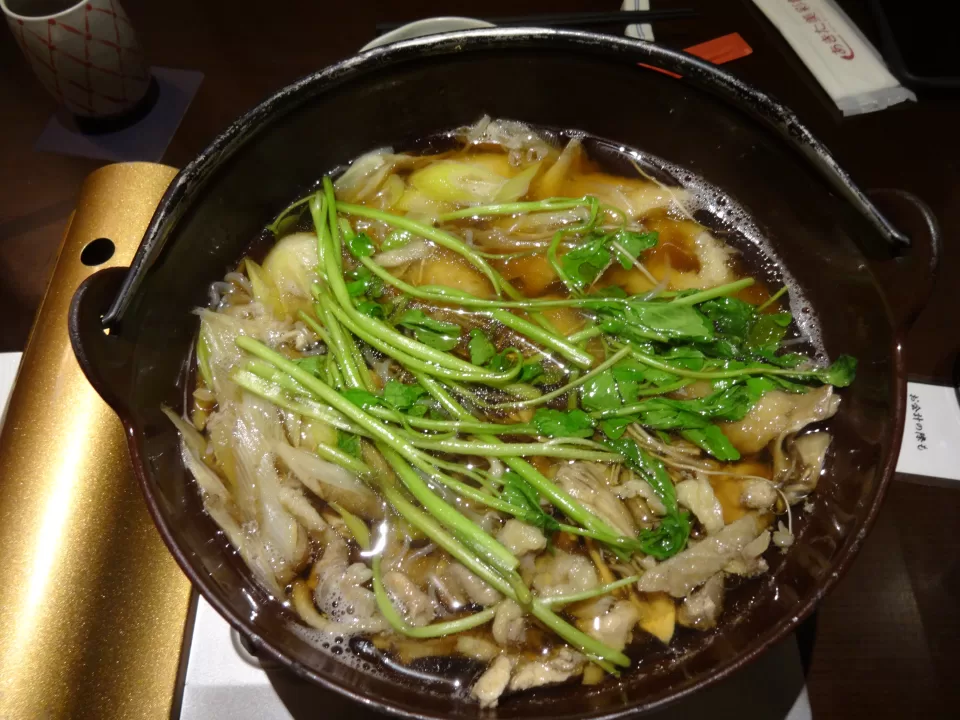
Hot Pots and Other Traditional Meals
Hot pots reflect communal dining traditions tracing back to ancients times when meat was steam cooked over an open fire. In modern times they contain thin slices of Wagyu beef – an exquisite variety of beef native to Japan – assorted vegetables or tofu cooked directly at dining tables within an umami-rich soup stock often prepared with kombu (a type of seaweed) or dried bonito flakes.
In addition to hot pot dishes like sukiyaki and shabu-shabu, other types include yakitori (grilled chicken skewers), okonomiyaki (Japanese-style pancake filled with various ingredients), sashimi (slices of raw fish), among others typical for assembling a traditional meal at home or at specific restaurants.
Japanese soul food like curry rice was established later on but stemmed back from European influences rather than ancient traditions; nonetheless worthy note in Japan’s diverse menu even today.

Tea Tradition Deeply Rooted into Food Culture
Green tea plays an essential role complementing Ancient Japanese food culture extending way beyond beverage status by transcending into customary tea ceremonies symbolising Zen philosophy prevalent amongst Samurai warriors and common folk alike since Kamakura period.
Matcha green tea powder not only contributes towards ceremonial experiences but extends its influence onto sweet treats like mochi cakes and other wagashi sweets adored all over Japan.
Wrapping up thoughts on ancient-inspired food loved nationally extends towards cuisines like Okinawan ‘Chanpuru’, Hokkaido ‘Jingisukan’ mutton BBQ or Kyoto’s ‘Obanzai’ highlighting regional flairs across institutionalised national cooking roots.
Experience Traditional Japanese Foods Today: Visiting Japan Or At Home
Traversing through history showcases intricate development paths leading up to contemporary diversity splashed over Japanese cuisine today – making it worth trying whether visiting Japan or attempting easy-to-make recipes at home.
From centuries-old establishments serving sushi or soba to modern chains offering convenient bento boxes – all resonates soulful stories tracking back many decades ago into past epochs; yet remains embedded within day-to-day lives across modern society staying true to ancestral heritage.
While classic dishes unveil captivating synthesis between ancient practices evolved over millenniums layered complexities weave themselves tightly reflective upon each morsel savoured marking its profound footprints upon cultural identity making it appealing for people all over the world due to this enriching authenticity.


